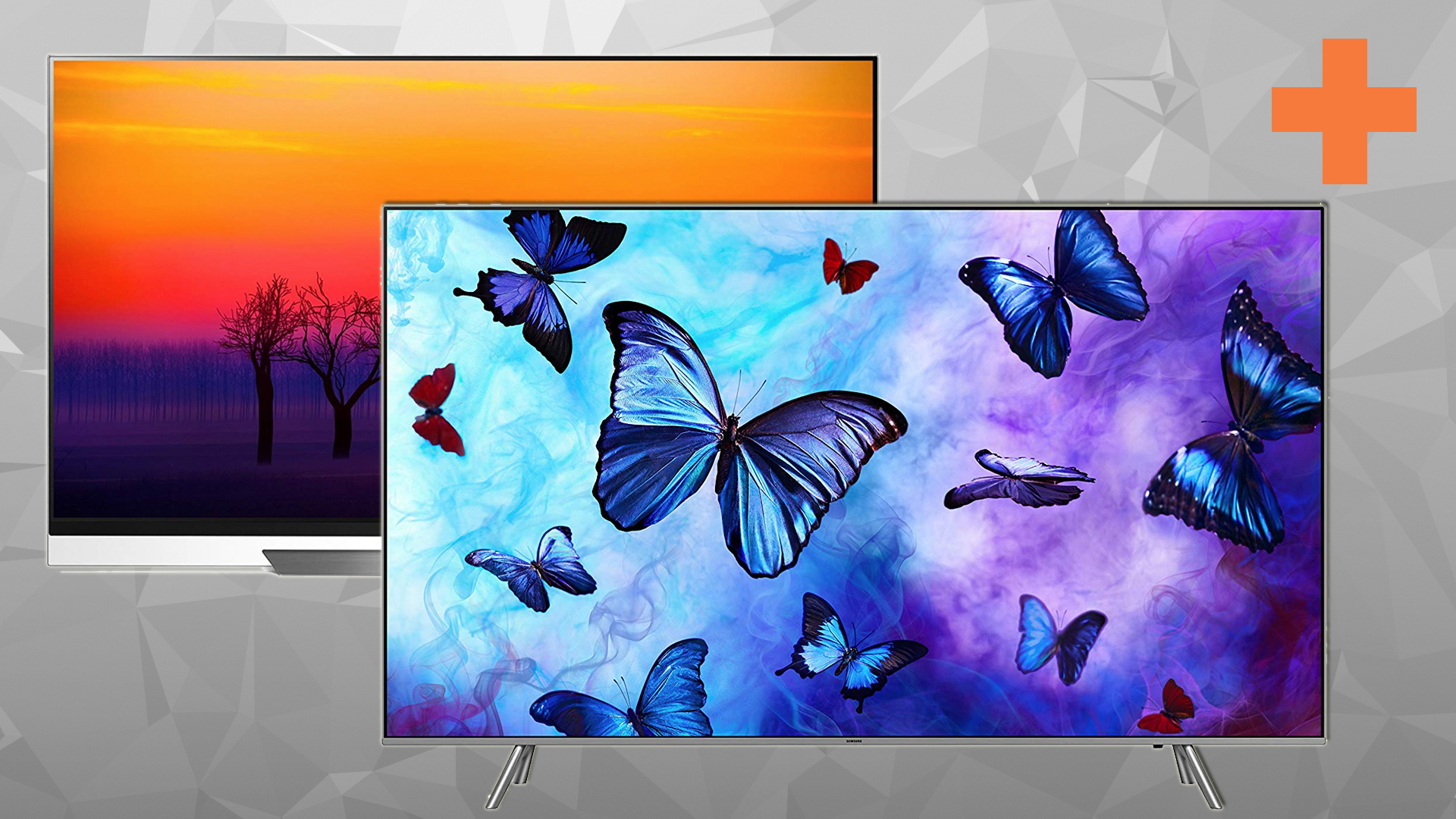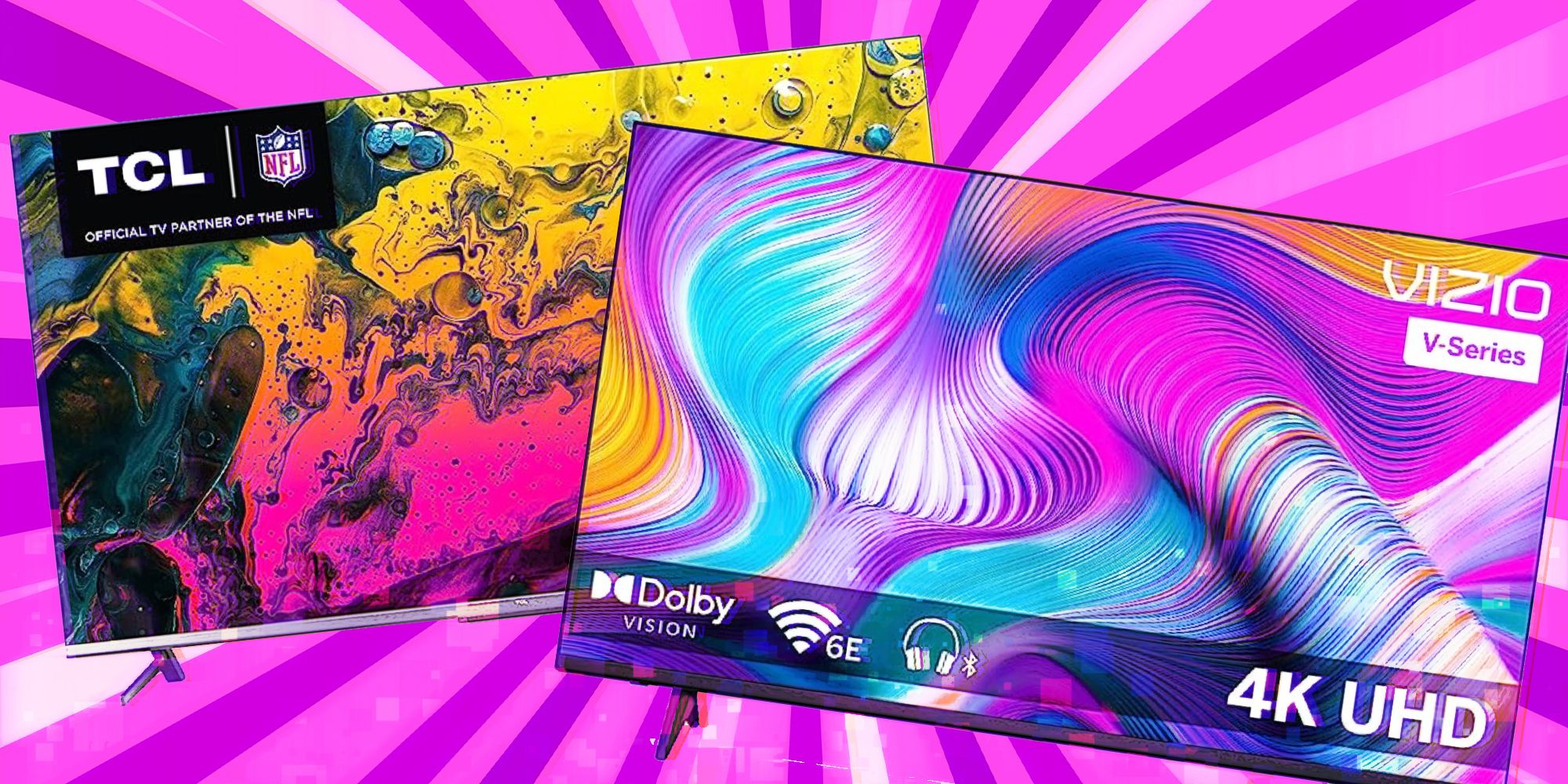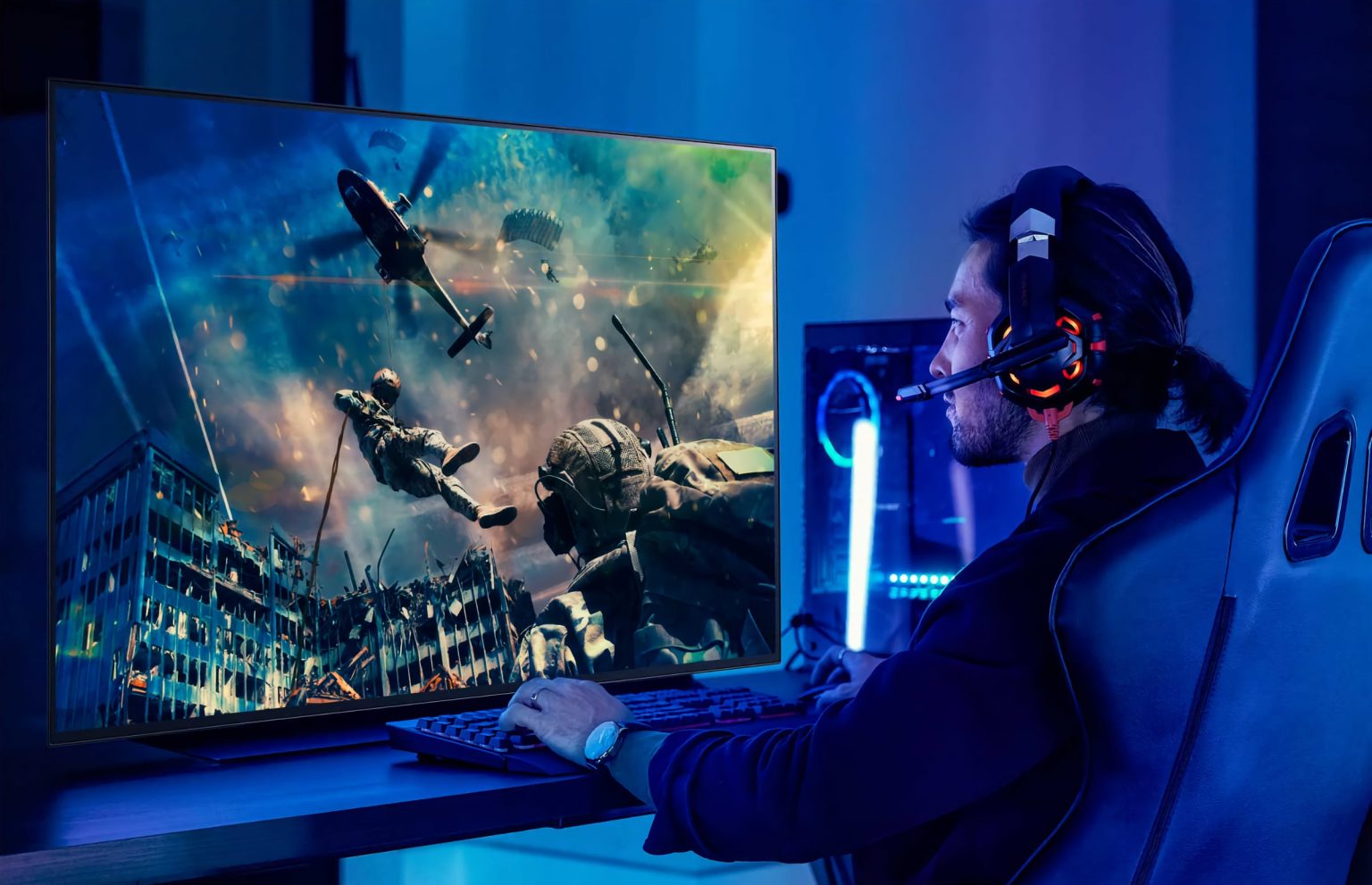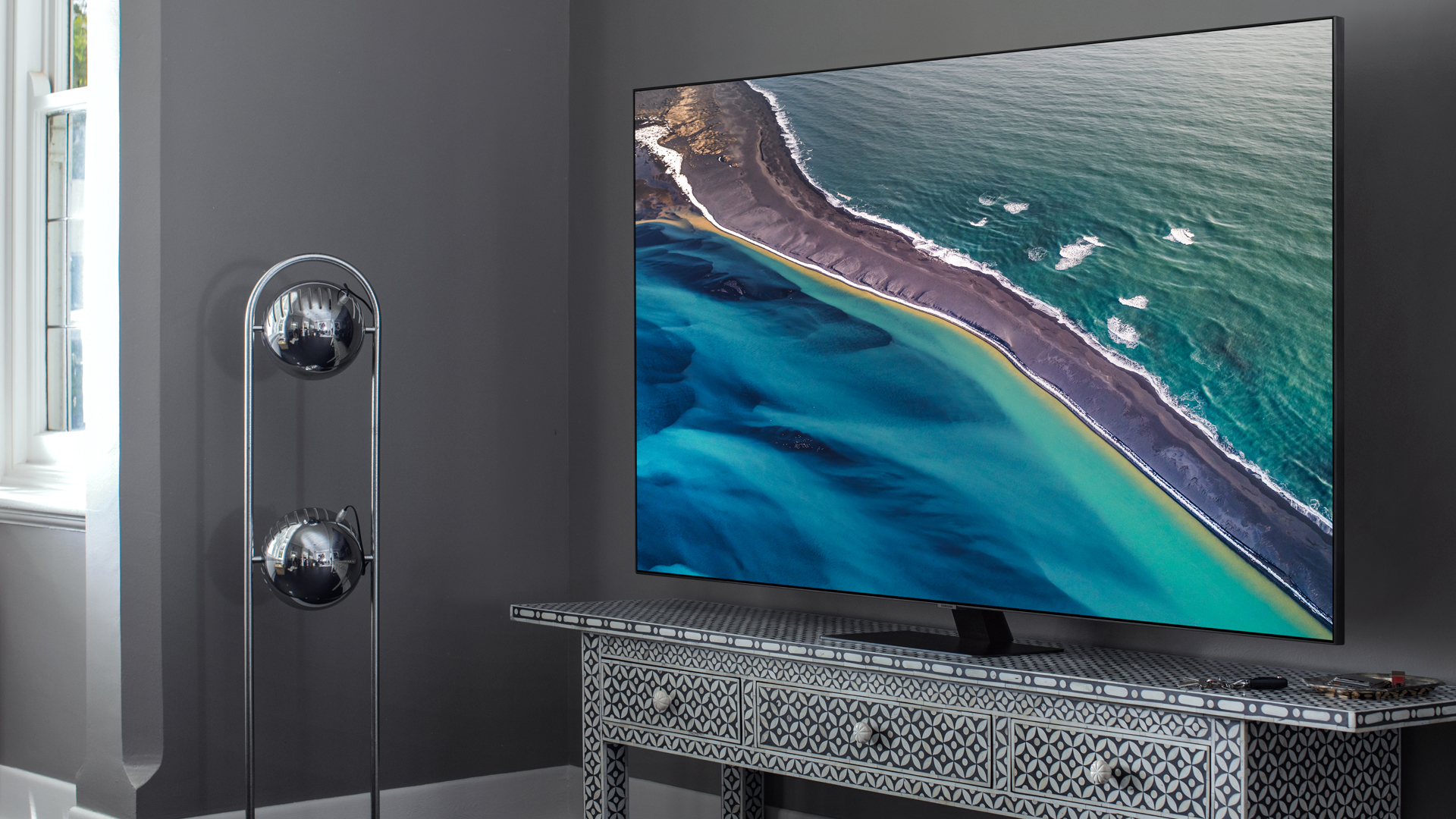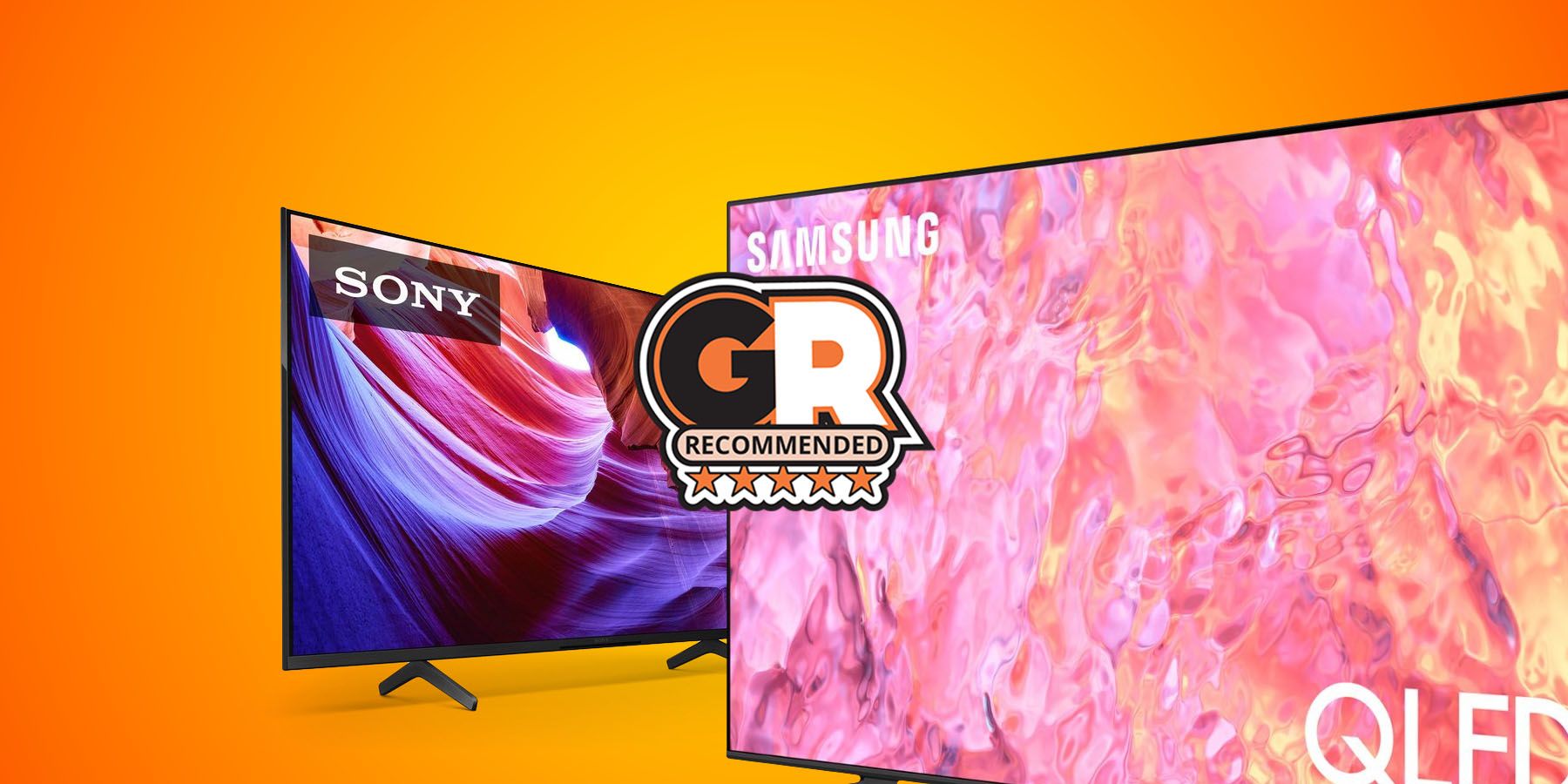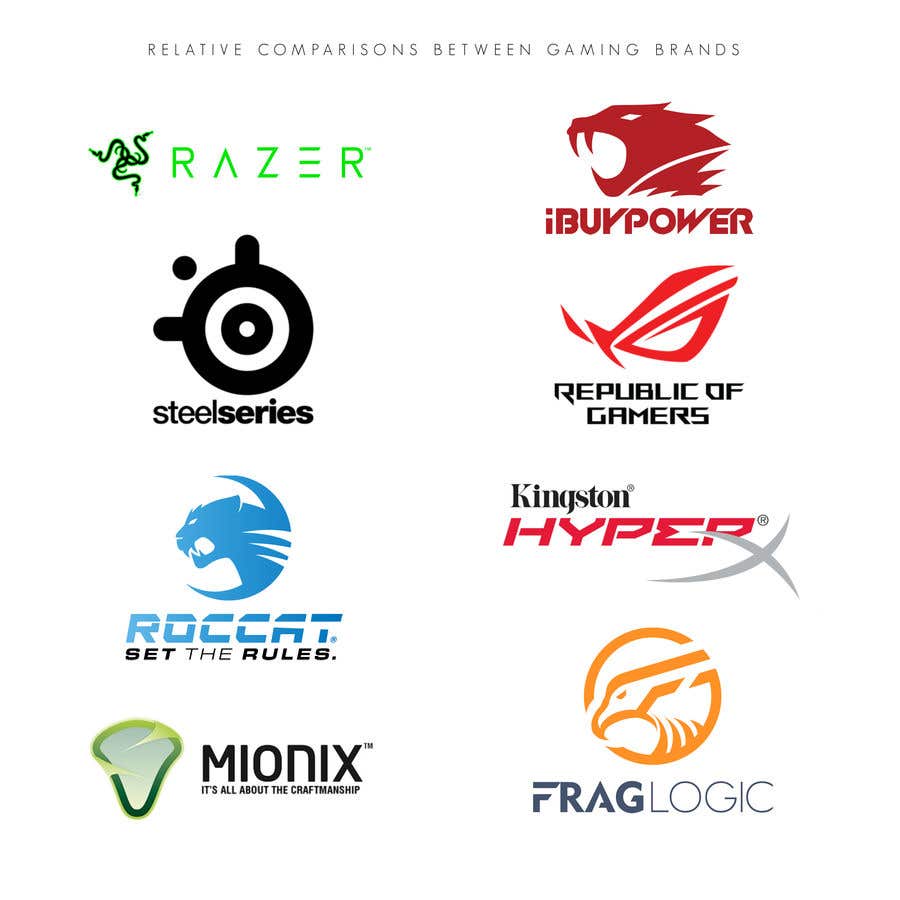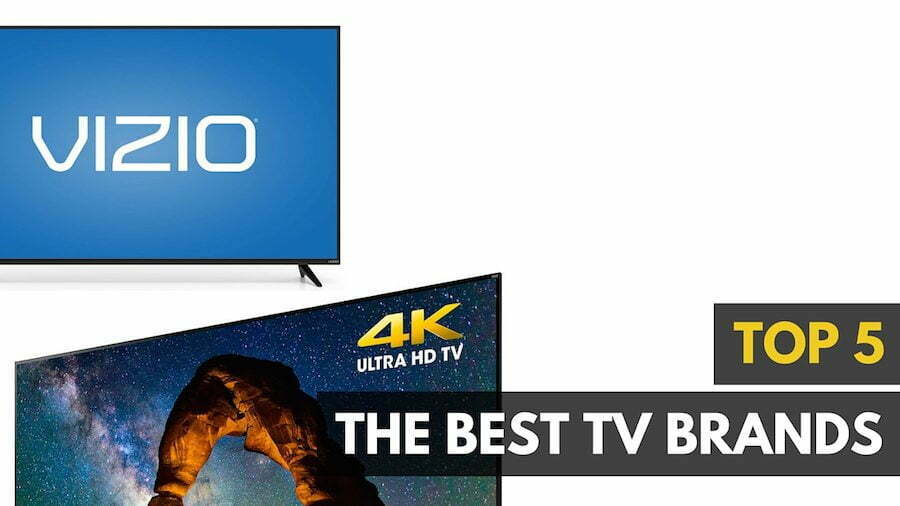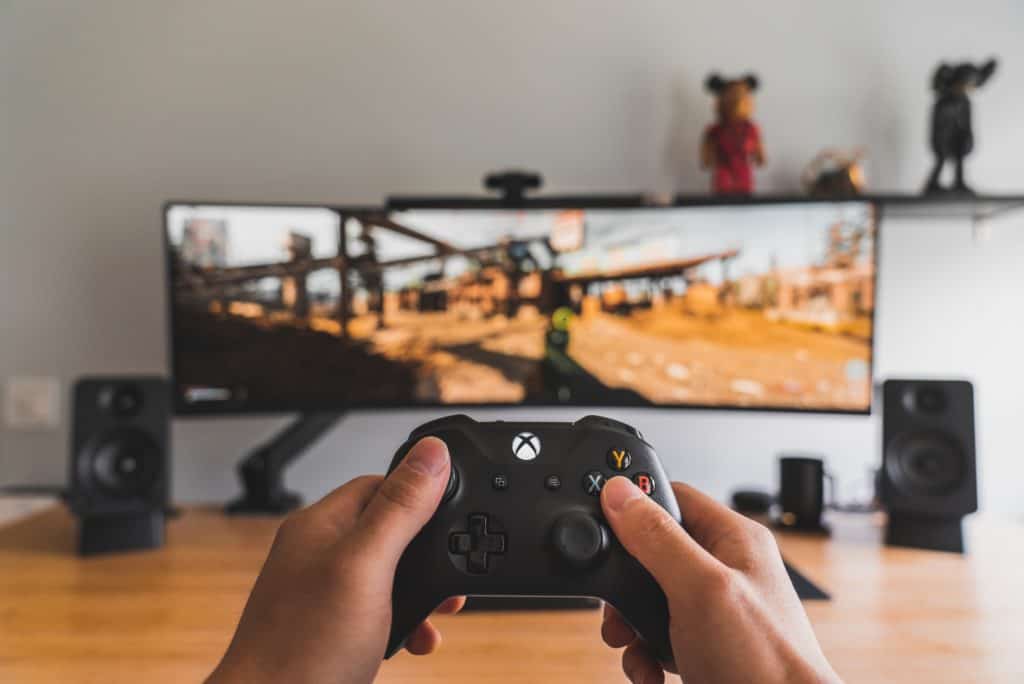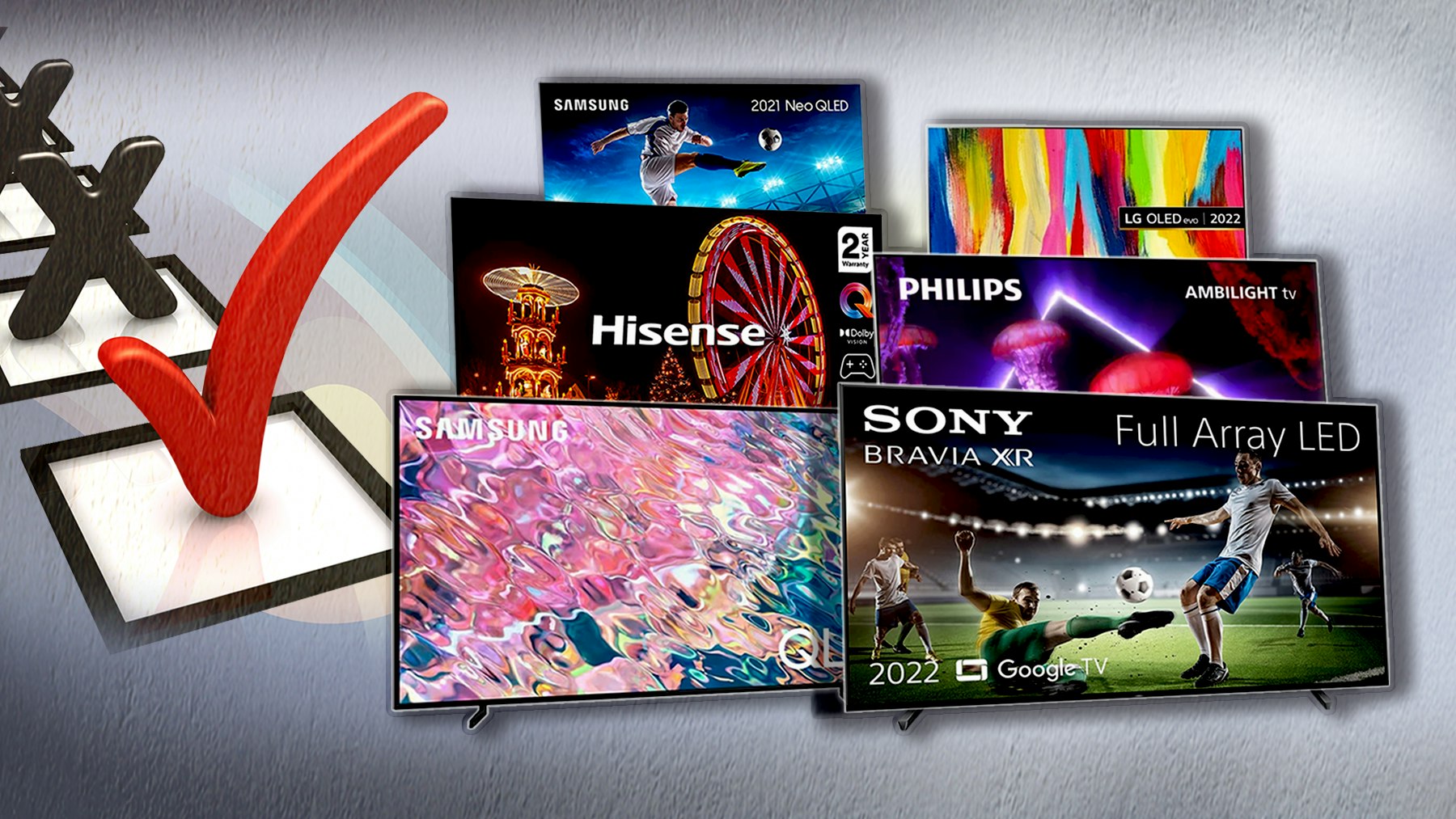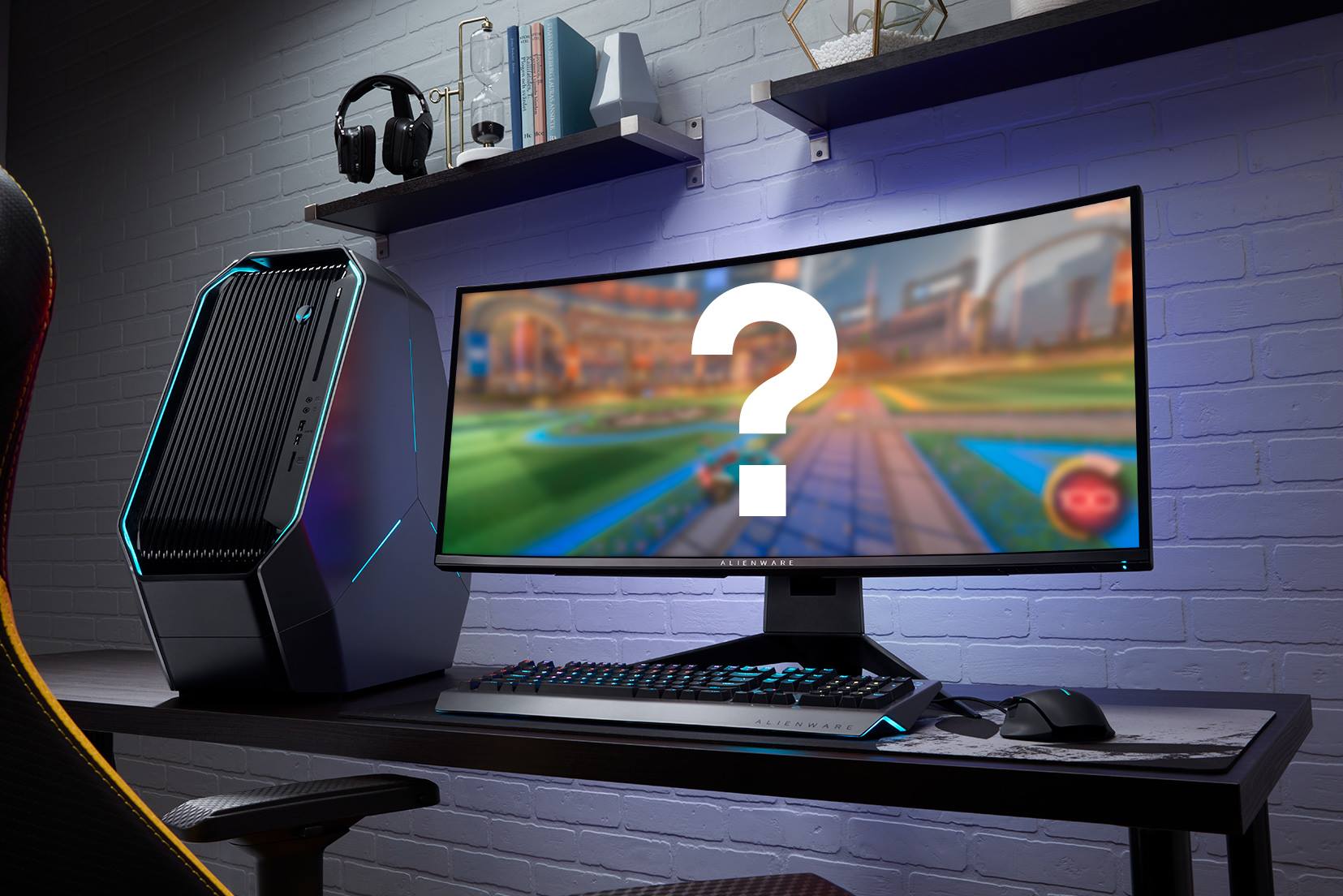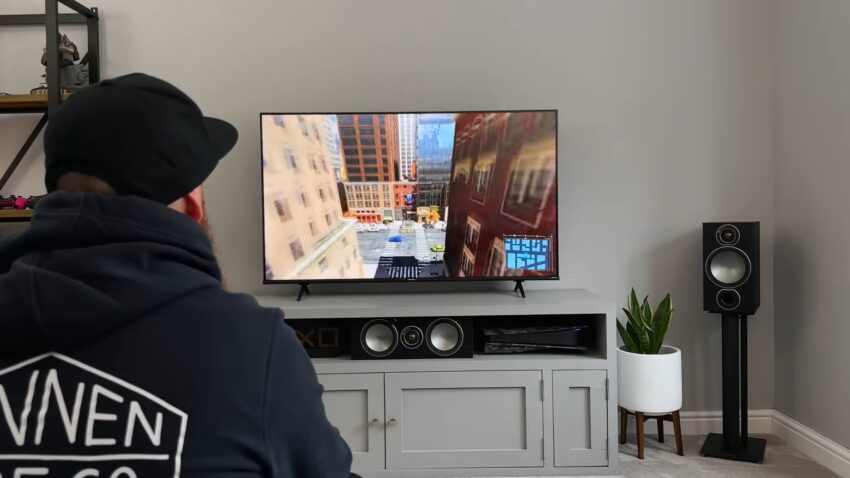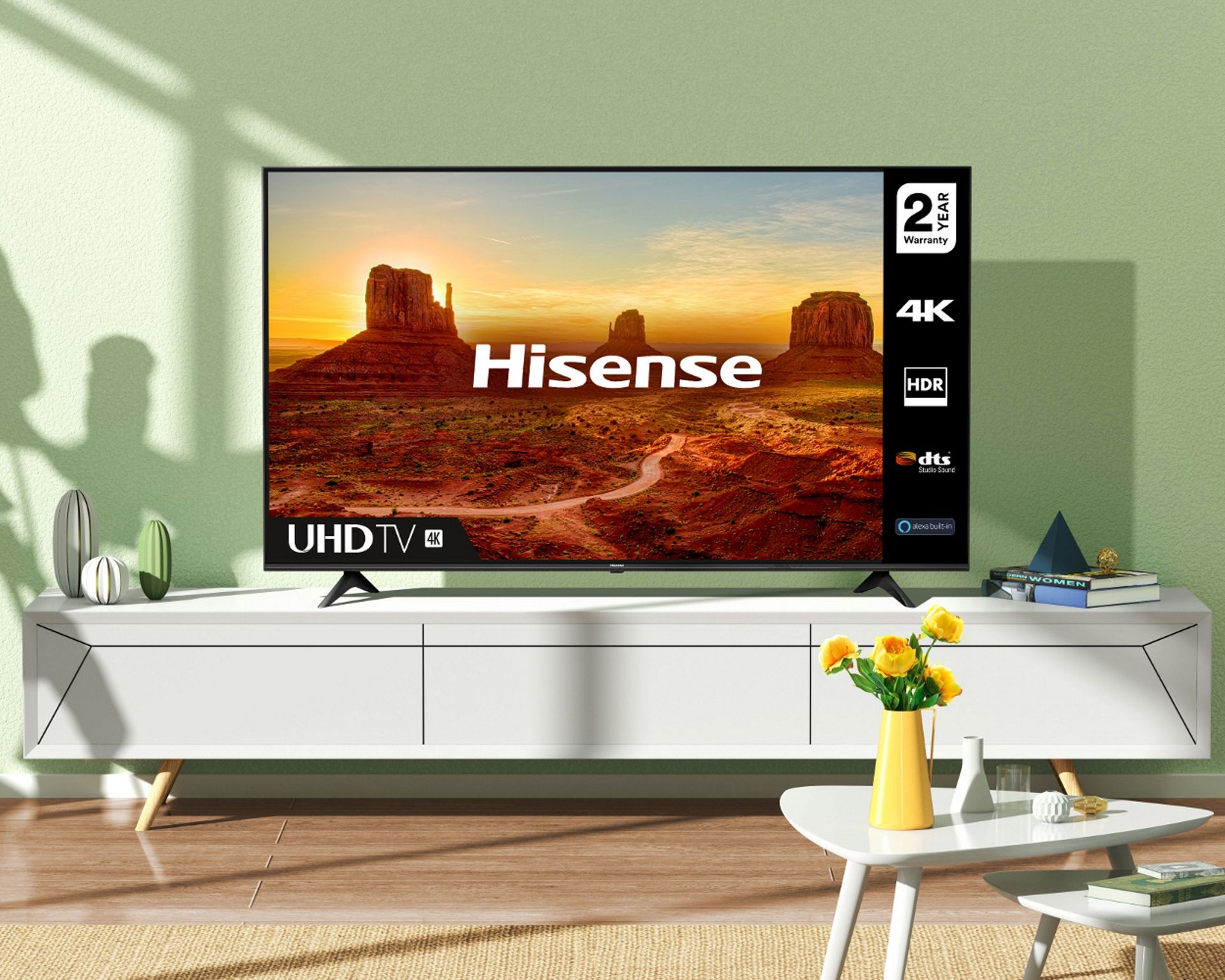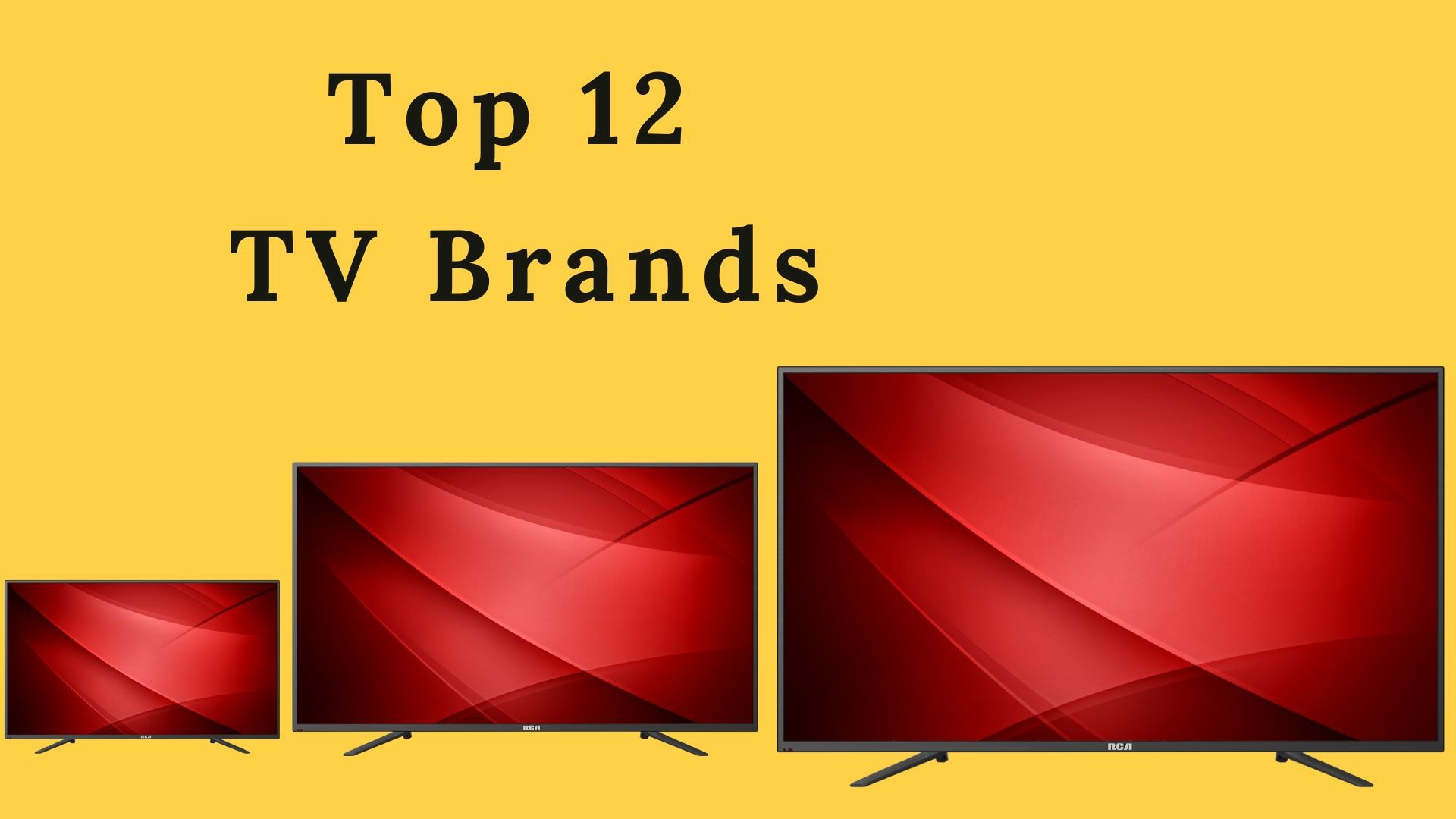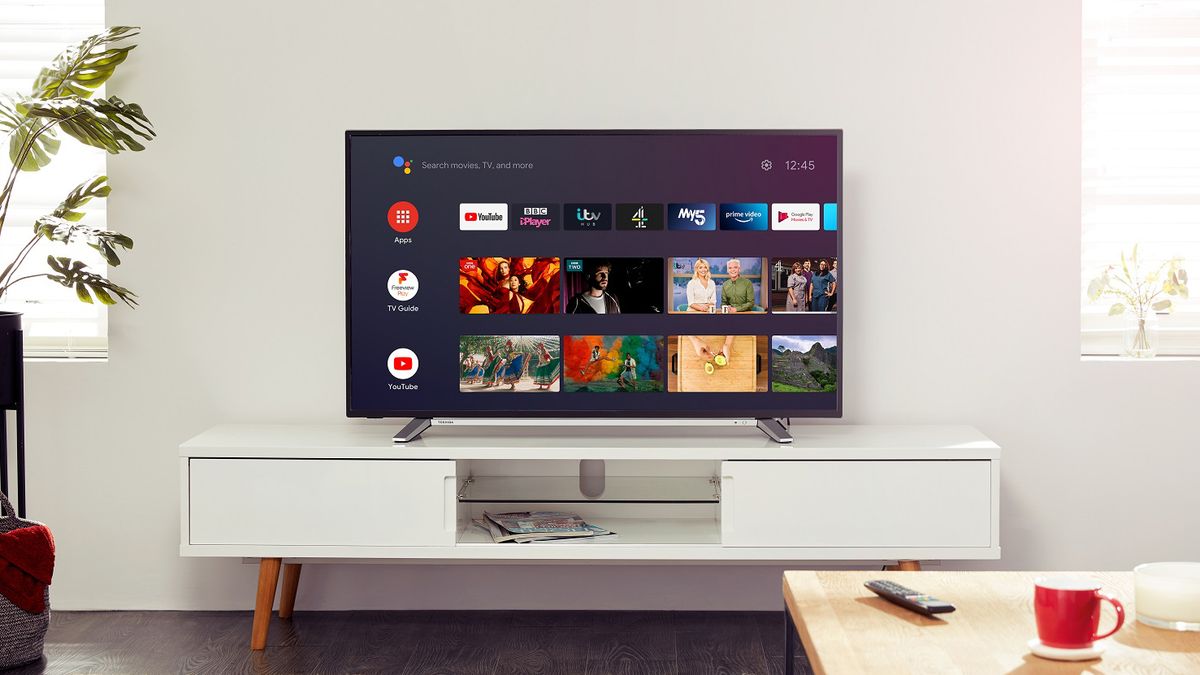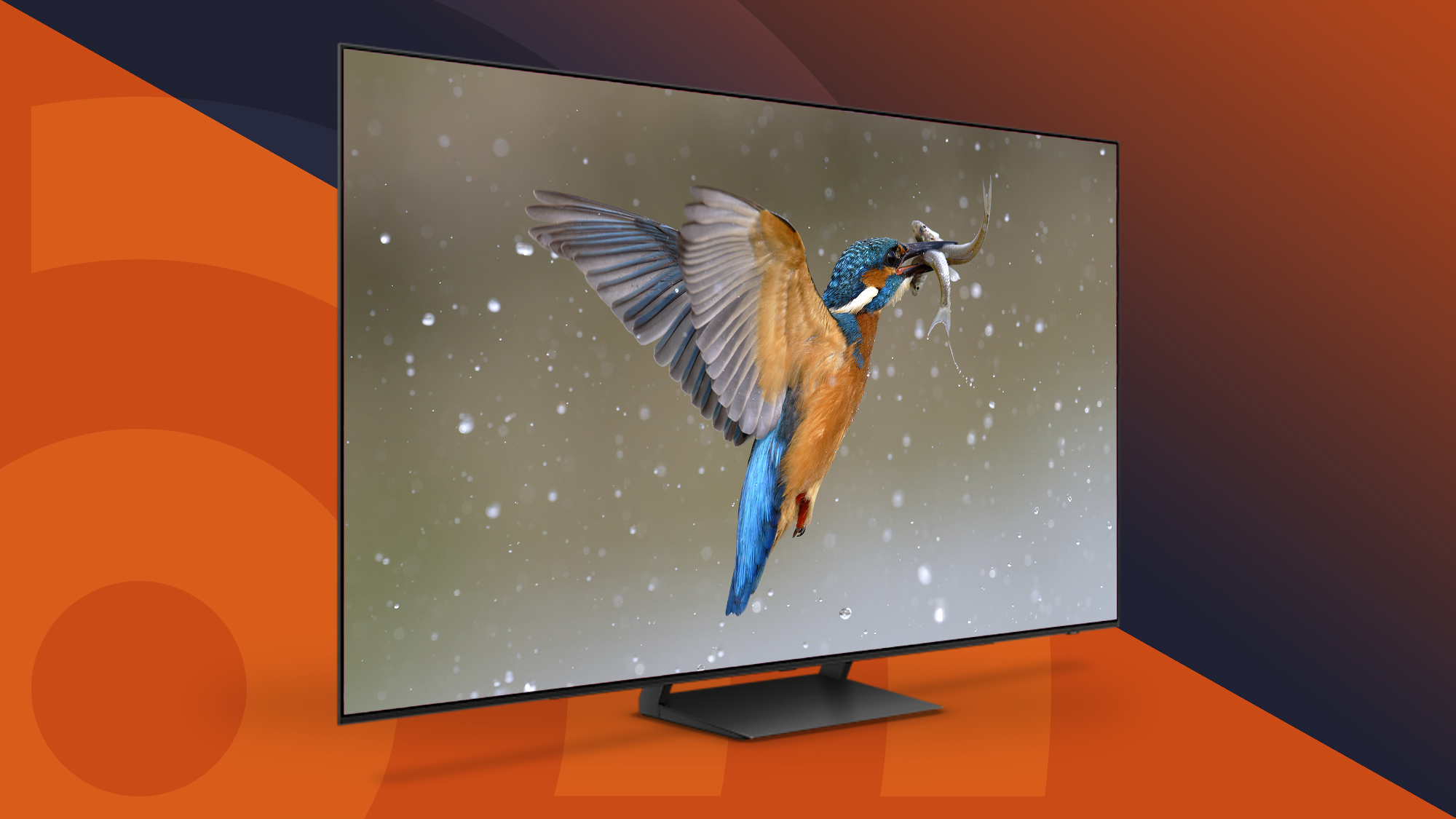Which Tv Brand Is Best For Gaming
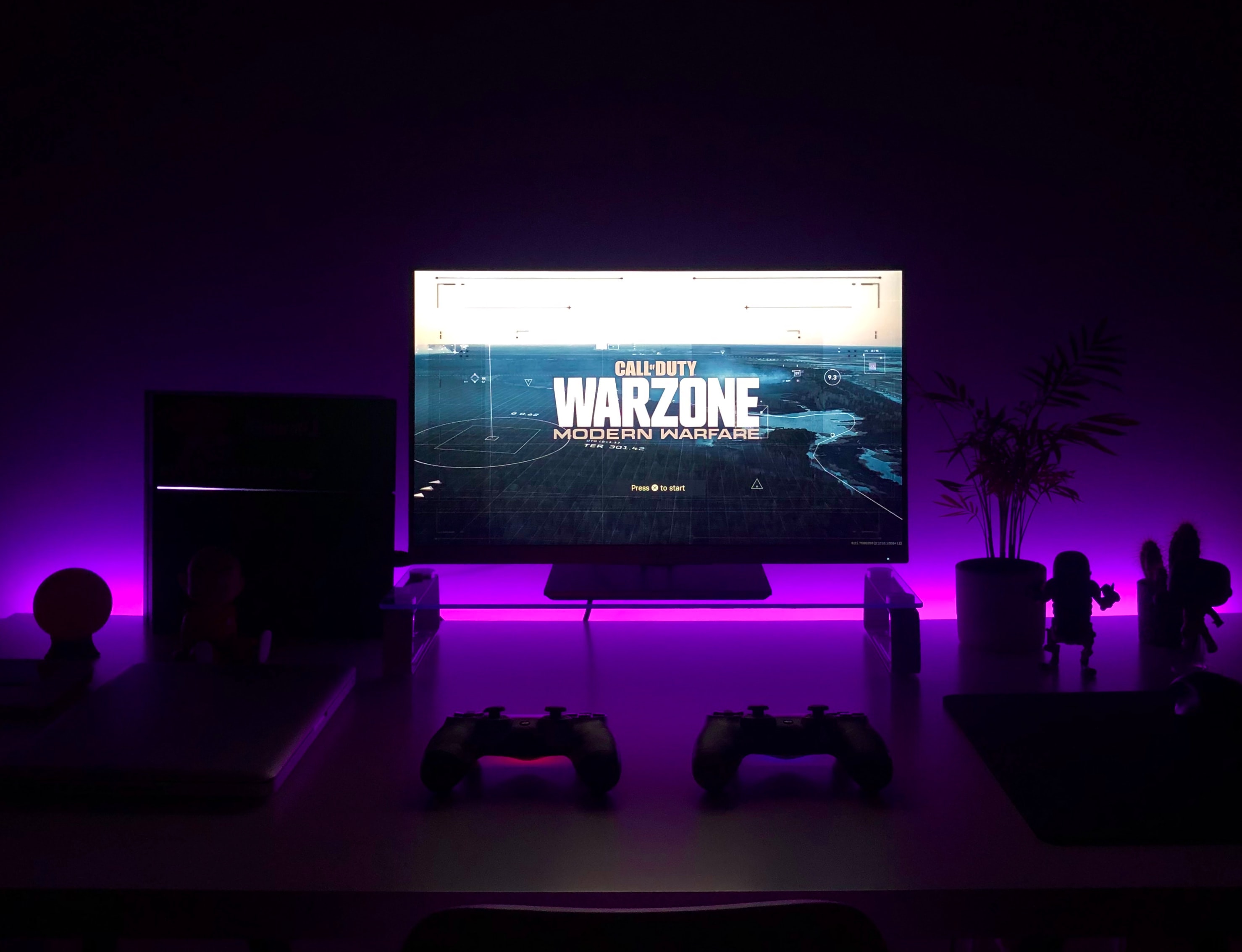
Attention, fellow frugal gamers! Are you tired of your old TV turning the latest AAA titles into a blurry mess? This article is for you, the cost-conscious gamer who wants a great experience without emptying your wallet. We're diving deep to uncover the best TV brands for gaming that won't break the bank.
Why does your TV matter for gaming? It's simple: input lag, refresh rate, and picture quality can make or break your immersion. A laggy TV means delayed reactions, a low refresh rate leads to screen tearing, and poor picture quality robs you of those stunning visuals.
Shortlist: Gaming TVs for Every Budget
Here are some top contenders, tailored for different budgets and gaming needs:
- The Ultra-Bargain Beast: TCL 4-Series (43-inch to 75-inch) - Entry-level brilliance for tight budgets.
- The Sweet Spot: Hisense U6 Series (50-inch to 75-inch) - Great features without the premium price tag.
- The Mid-Range Marvel: Sony X80K/X80L Series (43-inch to 85-inch) - Solid performance and reliable brand reputation.
- The Splurge-Worthy Steal: LG A2 OLED (48-inch to 65-inch) - OLED magic at a (relatively) affordable price.
Detailed Reviews: The Nitty-Gritty
TCL 4-Series: The Budget Champion
The TCL 4-Series is the king of affordability. It offers decent picture quality for the price, with HDR support for enhanced colors. While not the brightest or fastest, it's a solid choice for casual gamers.
However, the input lag can be noticeable for fast-paced games. It also lacks advanced gaming features like variable refresh rate (VRR).
Hisense U6 Series: The Value Leader
Stepping up from the entry-level, the Hisense U6 Series delivers a noticeable improvement in picture quality. With its QLED technology, colors are vibrant and blacks are deeper.
Gamers will appreciate its low input lag and support for VRR. This makes it a well-rounded option for a reasonable price.
Sony X80K/X80L Series: The Reliable Performer
Sony TVs are known for their excellent picture processing, and the X80K/X80L Series is no exception. Colors are accurate, and upscaling is top-notch.
It features low input lag and decent motion handling. This makes it a good all-around choice for gaming and other content.
LG A2 OLED: The OLED on a Budget
The LG A2 OLED offers the stunning contrast and perfect blacks that OLED technology is known for. Colors are rich and vibrant, making games look incredibly immersive.
While its brightness isn't as high as other OLEDs, it still provides an excellent gaming experience. Gamers will appreciate the low input lag and instant response time.
Specs & Performance: Side-by-Side
Here's a quick comparison of the key specs and performance scores:
| TV Model | Resolution | Refresh Rate | Input Lag (ms) | VRR Support | Picture Quality Score (Out of 10) | Price (USD, 55-inch) |
|---|---|---|---|---|---|---|
| TCL 4-Series | 4K | 60Hz | >15 | No | 6 | $300 |
| Hisense U6 Series | 4K | 60Hz | <10 | Yes (AMD FreeSync) | 7.5 | $450 |
| Sony X80K/X80L Series | 4K | 60Hz | <12 | No | 8 | $600 |
| LG A2 OLED | 4K | 60Hz | <10 | Yes (AMD FreeSync) | 9 | $800 |
Customer Satisfaction: What Are People Saying?
Customer satisfaction is a crucial factor when choosing a new TV. Based on user reviews and surveys, here's a snapshot of how these brands perform:
- TCL: Generally positive, with users praising the value for money. Some complaints about picture quality and longevity.
- Hisense: Mixed reviews, with many praising the picture quality for the price. Concerns about reliability and software issues are common.
- Sony: Consistently high satisfaction ratings, with users appreciating the picture quality and reliability. Some find them pricey.
- LG: High satisfaction, particularly for OLED models. Users rave about picture quality and gaming features. Can be more expensive.
Maintenance Costs: The Long Game
It's important to consider the long-term costs of owning a TV. OLED TVs, like the LG A2, have a risk of burn-in, which can require professional repair. However, with varied content, this is less of an issue these days.
TCL and Hisense TVs might have shorter lifespans compared to Sony and LG. This could mean needing a replacement sooner.
Key Takeaways: Making the Right Choice
Choosing the best gaming TV on a budget requires balancing price, performance, and features. Consider your budget first, then prioritize the features that matter most to you.
Don't forget to read reviews and check customer satisfaction ratings. A little research can save you from buyer's remorse.
Call to Action
Ready to upgrade your gaming experience without breaking the bank? Dive deeper into the specs and reviews of the TVs we've discussed. Compare prices and features to find the perfect fit for your needs and budget. Happy gaming!
Frequently Asked Questions (FAQ)
Q: What is input lag, and why is it important for gaming?
Input lag is the delay between your input (e.g., pressing a button on your controller) and the action happening on the screen. Lower input lag is crucial for fast-paced games where split-second reactions are essential.
Q: What is VRR, and should I care about it?
VRR (Variable Refresh Rate) synchronizes the TV's refresh rate with the game's frame rate. This eliminates screen tearing and stuttering, resulting in a smoother gaming experience. If you have a modern console or PC, VRR is highly recommended.
Q: Is OLED worth the extra money?
OLED TVs offer unparalleled picture quality, with perfect blacks and vibrant colors. If you're a serious gamer who values immersion, OLED is worth considering. However, be aware of the potential for burn-in and the higher price tag.
Q: Which TV size is best for gaming?
The ideal TV size depends on your viewing distance. A general rule of thumb is to sit approximately 1.5 to 2.5 times the screen diagonal away from the TV. Choose a size that fills your field of view without causing eye strain.
Q: Are there any other brands I should consider?
While we've focused on these specific brands, other options like Vizio (for budget options) and higher-end Samsung models are also worth exploring. Always read reviews and compare specs before making a decision.
